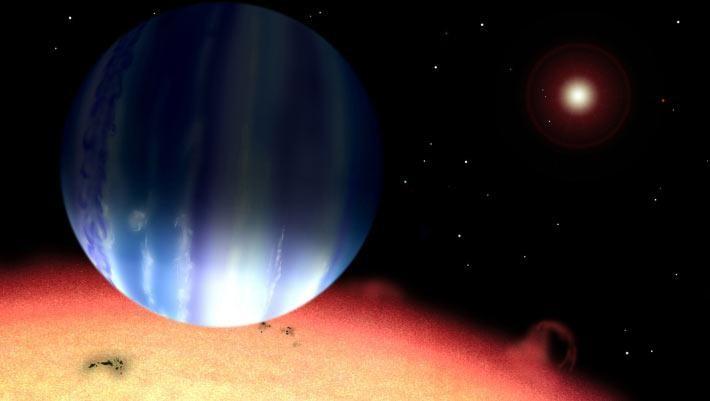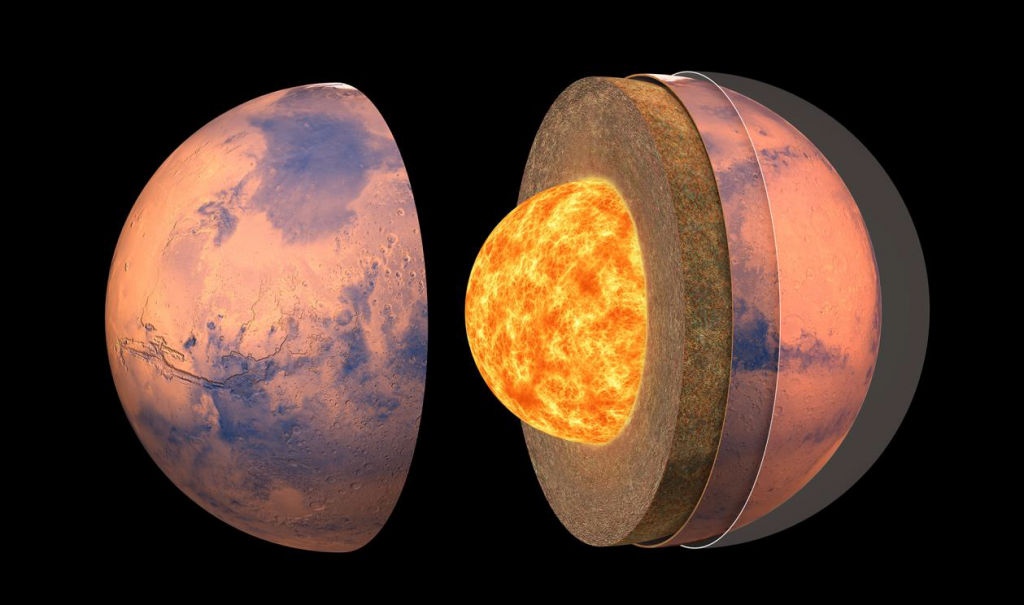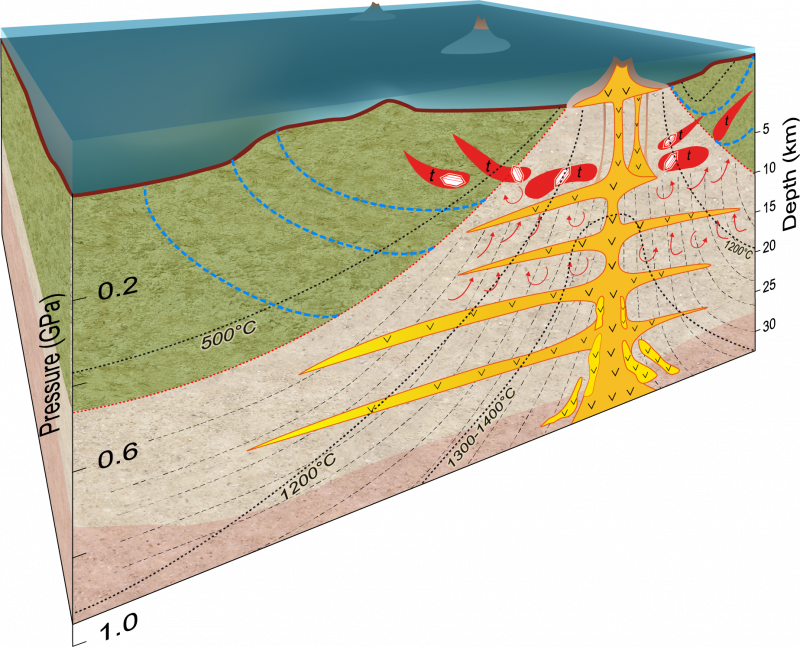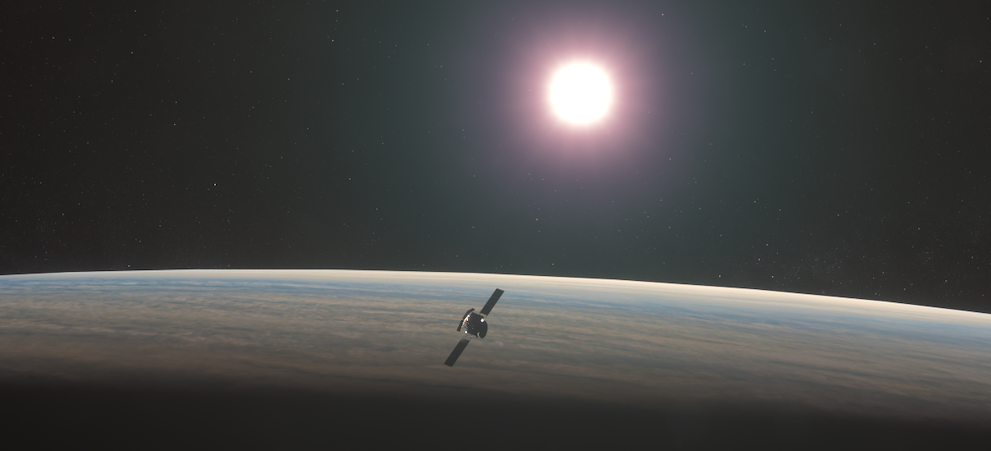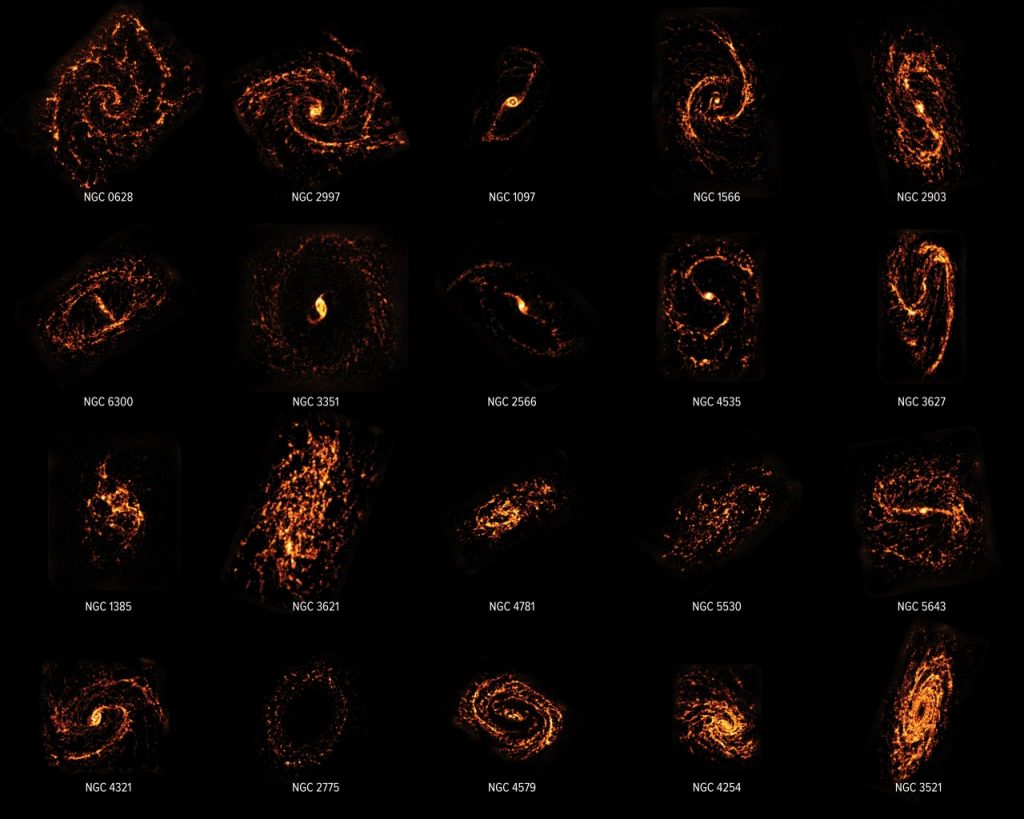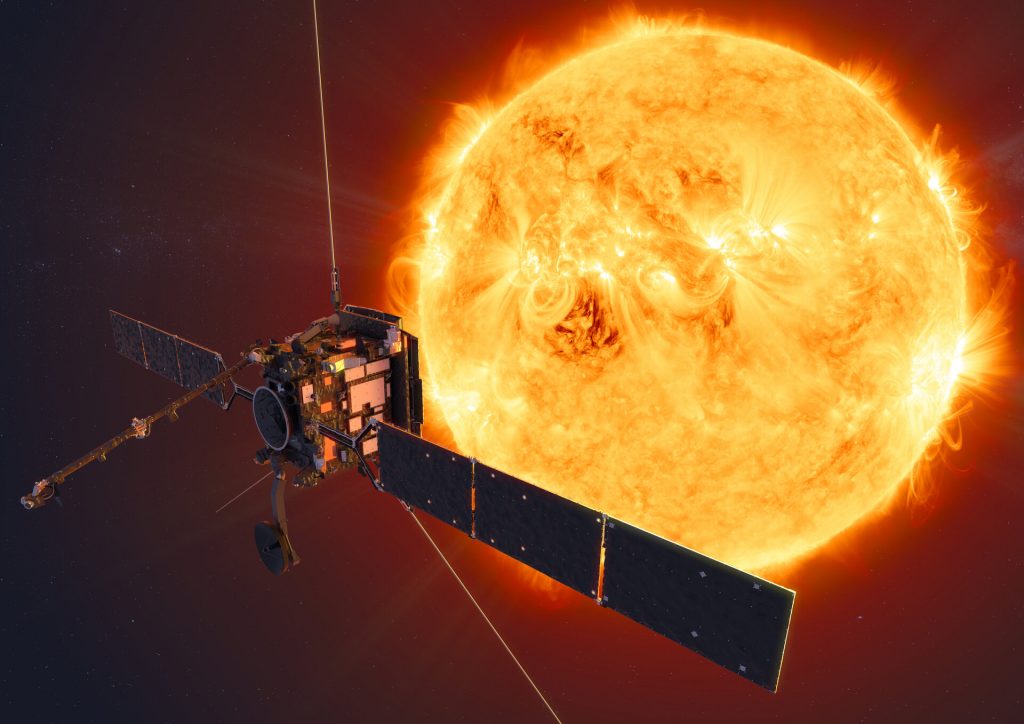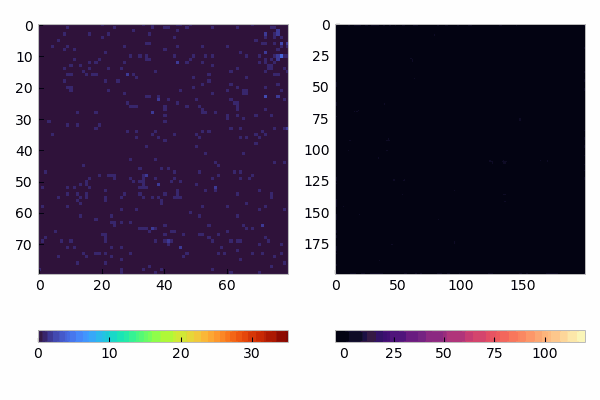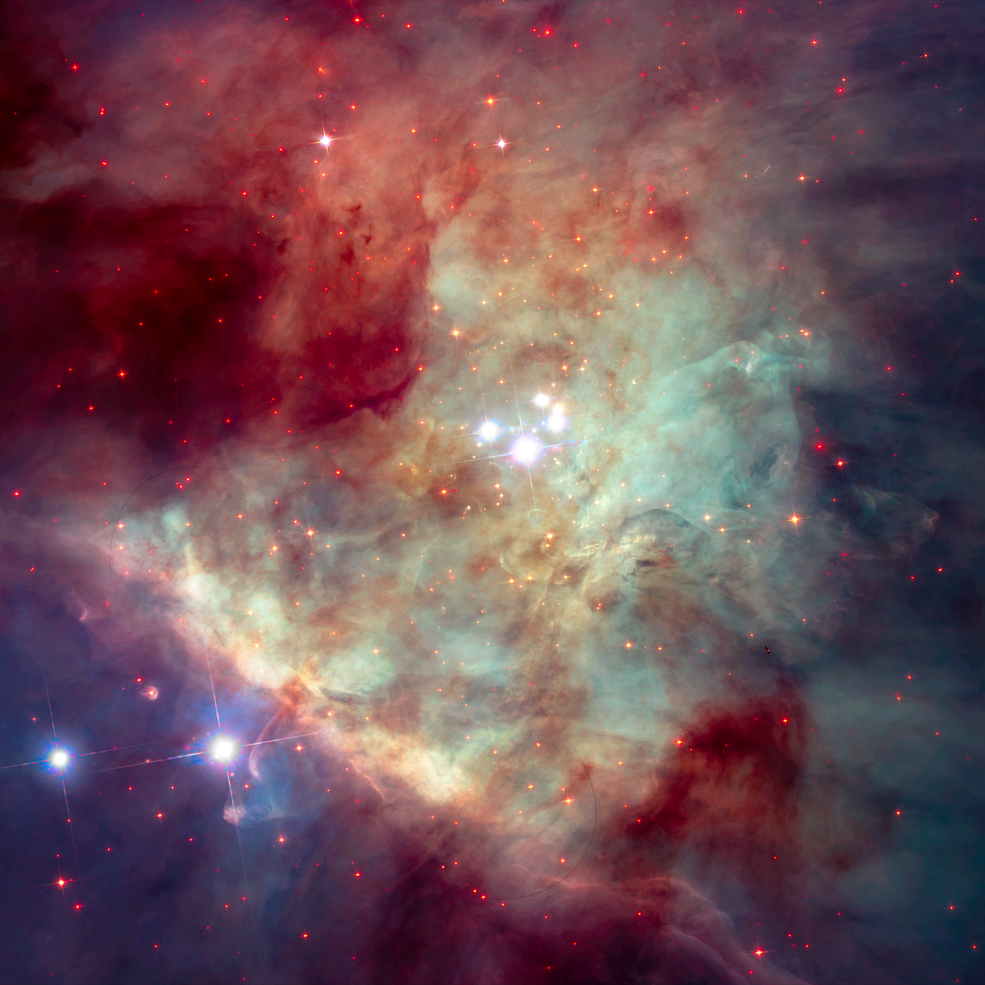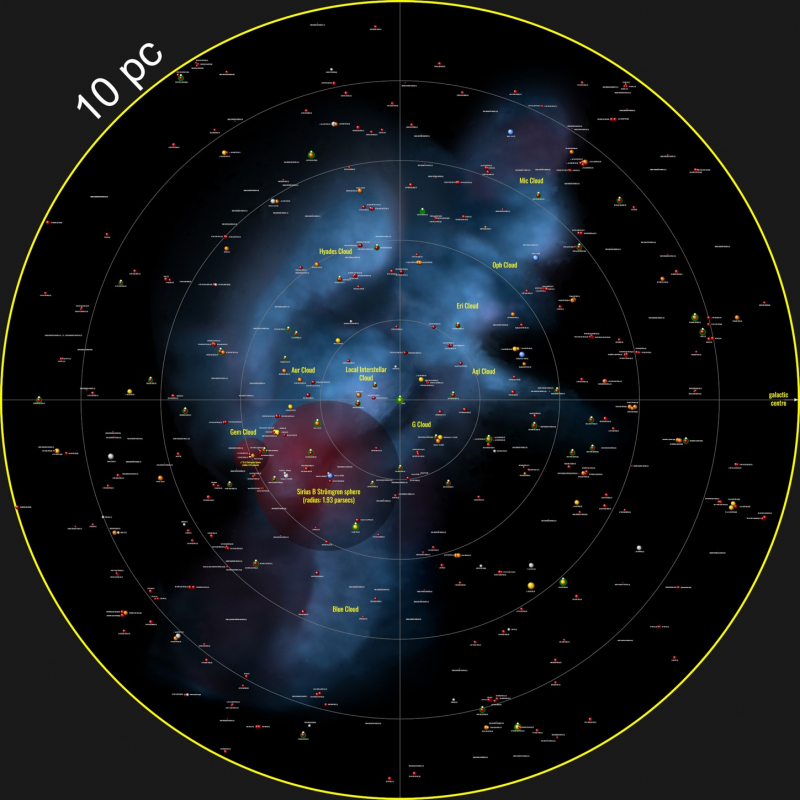THE ATMOSPHERE OF THE GIANT EXOPLANET TAU BOO B WAS INVESTIGATED WITH SPIROU
Using the SPIRou spectropolarimeter on the Canada-France-Hawaii Telescope (CFHT) in Hawaii, a team gathering core SPIRou scientists led by Stefan Pelletier, PhD student at Université de Montréal, studied the atmosphere of the gas giant exoplanet […]

